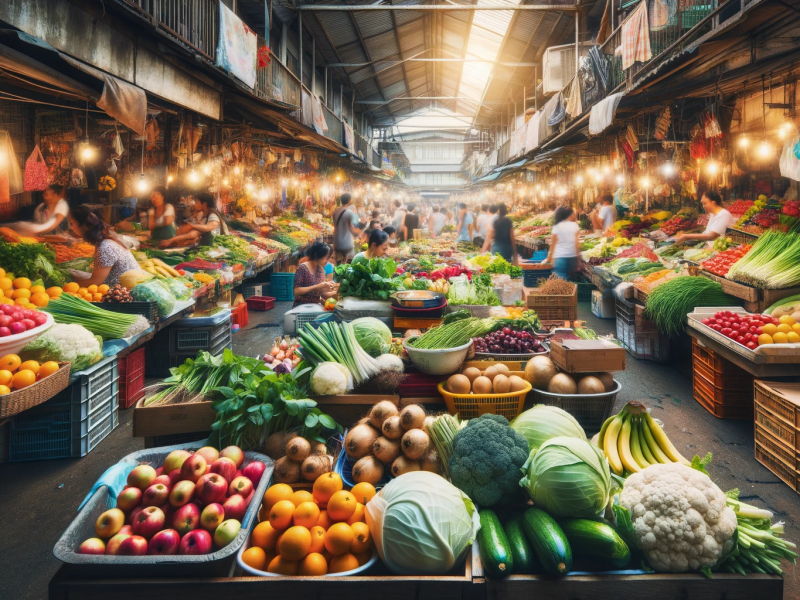The Art of Food Photography: Capturing the Beauty of Food

Food photography is an art form that transforms everyday meals into visual masterpieces. It’s about capturing the beauty of food in a way that tantalizes the senses and evokes emotions. This article explores the intricacies of food photography, from composition and lighting to styling and storytelling.
Composition and Framing in Food Photography
Composition is key in food photography. It involves arranging visual elements harmoniously within the frame to draw the viewer’s attention. Photographers use techniques like the rule of thirds, leading lines, and framing to create balanced and engaging images.
Importance of Lighting
Lighting can make or break a food photograph. Natural light is often preferred for its ability to cast soft, diffused light on the food, highlighting textures and colors. Professional food photographers also use artificial lighting to manipulate mood and emphasis in their photos.
Styling and Presentation
Styling is an essential aspect of food photography. It includes the choice of plates, cutlery, and background materials, as well as the arrangement of the food itself. Good styling enhances the food’s appeal and adds context to the photograph.
Capturing the Essence of the Dish
A great food photograph captures the essence of the dish. It conveys the taste, aroma, and texture of the food, inviting viewers to imagine the sensory experience. This involves focusing on details like the freshness of ingredients, the crispness of textures, and the richness of colors.

Telling a Story Through Food
Food photography often tells a story. It might be the story of the dish’s origin, the chef’s inspiration, or the cultural significance of the meal. Storytelling in food photography creates a deeper connection between the viewer and the image.
Challenges in Food Photography
Food photography comes with its own set of challenges, such as ensuring the food looks fresh and appealing throughout the shoot and dealing with tricky subjects like steam or melting items. Overcoming these challenges requires skill and creativity.
The Role of Post-Processing
Post-processing plays a significant role in food photography. Techniques like color correction, cropping, and sharpening are used to enhance the final image, ensuring that it looks as appetizing and appealing as possible.
In conclusion, food photography is a creative and technical field that requires a keen eye for detail, a deep understanding of composition and lighting, and a passion for storytelling. It’s an art that not only celebrates the visual appeal of food but also evokes the rich sensory experiences associated with eating and cooking.




